Equestrian Sports and Activities: Dressage

|

|
With all apologies to lovers of Scotch, I must admit that my uneducated taste buds cannot tell the difference between fine Scotch and Listerine. However, I am a connoisseur of equine form and movement. I can think of no other equine activity that shows off the beauty of equine movement better than dressage. I would argue that the beauty of a well-schooled horse and an experienced rider easily equals that of fine art, beautiful music or gourmet food. I really hate to hear commentators dismissively refer to it as "horse dancing."
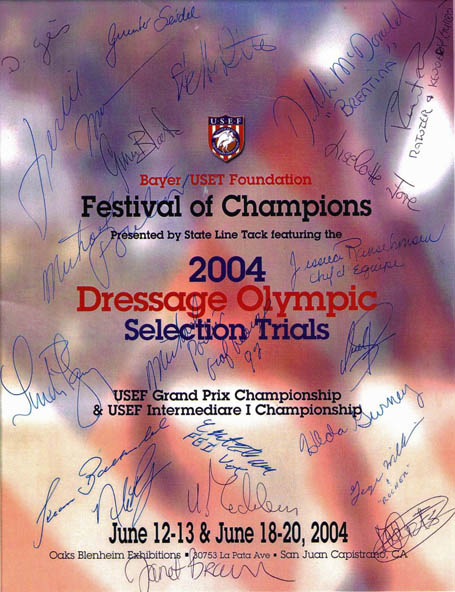
|
Although dressage is very much about horse and rider, it is not so much the rider but the horse that is my focus of interest. The rider’s movements must flow naturally with that of the horse and that is much harder than it looks. However, it is in the horse’s movements where most of the visible action is. This is deliberate. The rider's use of aides must be so subtle as to be nearly imperceptible. The relationship of the dressage horse and rider is a long one, and dressage horses are usually much older than those used in other types of equestrian competition. Riders usually have several horses at different stages of training. It takes a special person and a very special horse to do dressage. My horse has been known to do a beautifully extended sitting trot that is in my mind’s eye every bit as good as that of the horses of the Spanish Riding School in Vienna. That is, of course, as a bold lie on my part as I have ever told, and I know it. If you are a fellow rider maybe you can forgive me my affection for my mount’s imagined abilities. I really know that neither of us is cut out for the dressage ring as much as I admire the sport. Perhaps no other equestrian sport requires more time spent in focused schooling as does dressage. A would-be dressage rider needs a good instructor and a great deal of commitment both in time and money to advance in the sport.
You might argue that dressage’s origins go back to the first person who deliberately schooled the natural movements of a horse to a high standard of perfection, but modern dressage dates back to the Renaissance. The various courts of Europe vied with each other to have the finest horsemen and schooling facilities. Authors wrote elaborate theses on horsemanship and, of course, the military value of having superb control over one’s mount was never lost on an aristocracy whose origins rose from a medieval military elite. A well-known relic of those days is the Spanish Riding School in Vienna, Austria. The school was first named as such in 1572 and the facility was even older. The name came from a time when both Spain and Austria were part of the Hapsburg Empire and Spanish horses were imported by Emperor Maximilian II and settled on a stud farm at Lipizza (Lipica) in the province of Slovenia. The Lipizzans became the signature breed of the Spanish Riding School. I have seen their performances, visited the Winter Riding School Hall in Vienna and the stud farm at Piber, near Graz, Austria. I saw sights that any horseman could admire regardless of his riding interests. Classical dressage, such as performed by the Spanish Riding School, includes a number of movements known as “airs above the ground”, originally needed for military riding that are not typically used in modern competition dressage and involve various controlled rears, jumps and kicks. These include the levade, capriole, courbette and ballotade. My horse could execute all of these very well, but only while we were trying teach him to load on a horse trailer.
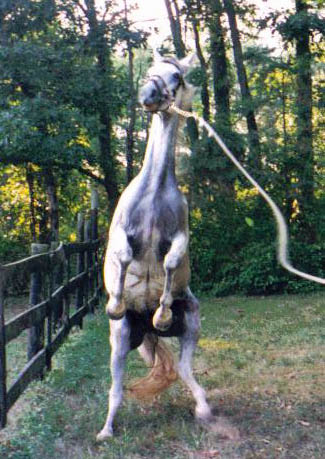
| 
|
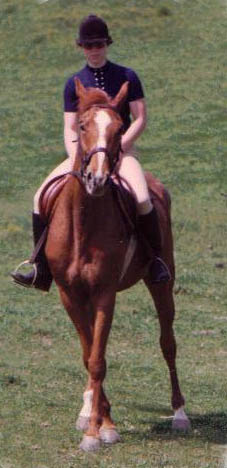
|
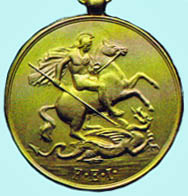
|
I hope that you now understand why a purely accidental horseman can spend more time watching dressage than watching "Survivor Bali Edition." Horsemanship is more than just being on a horse: it is also about developing an understanding of that almost spiritual interface between horse and man. Dressage is a great window on that understanding, both for the dressage rider and the spectator. However, I find the ride much easier for the spectator. Watch enough and you too may find yourself a connoisseur. Now, just where did I put that “Scotch for Dummies” book?
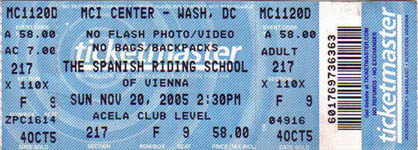
|